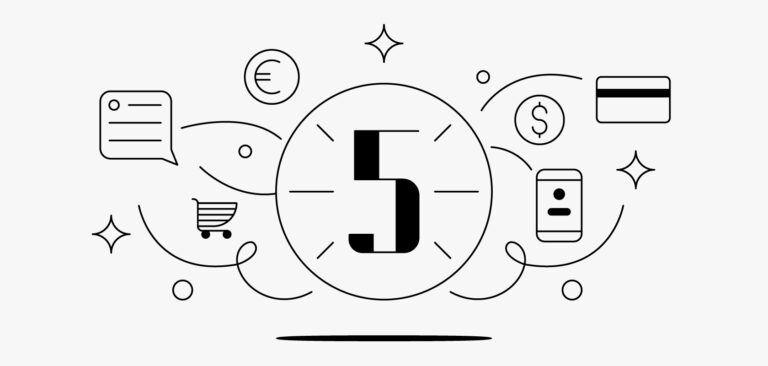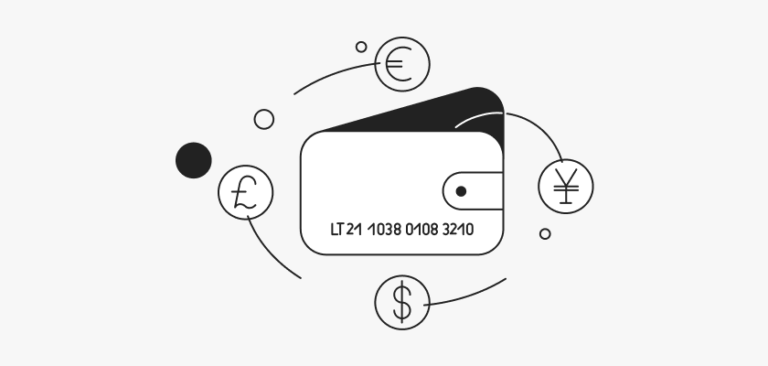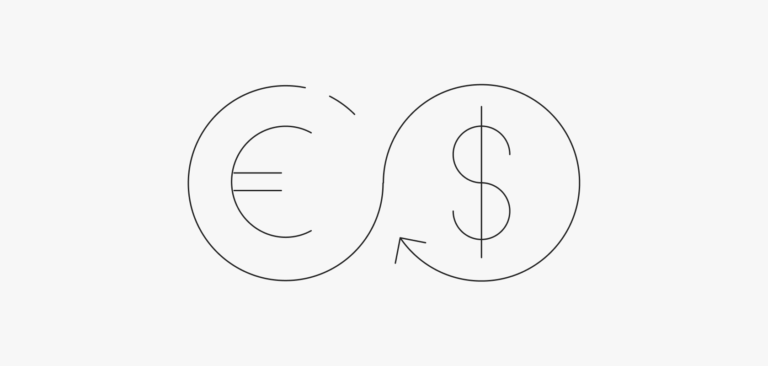Top 5 Ecommerce & payment tips to navigate 2021’s market recovery
European eCommerce revenues jumped 30% in 2021. How can you stay in the game?
Many of us may not have even noticed how quickly shopping became digital: from the first days of the pandemic, when we were just dipping our toes into trying to order some groceries online, later it became clothes, and now we buy and sell almost everything beyond and in-between.
Numbers paint the same picture. E-commerce revenue grew by 20% in the first 3 months of 2020, and a whopping 71% in Q2, compared to the previous year.
It is the biggest increase in the last 7 years and it doesn’t only include revenue. Traffic (+37%), conversion (+35%), and spend (+34%) also had a record year in 2021, showing biggest increases since 2013 [1].
And this trend continues still, in 2021, European eCommerce revenues grew 30% to $465 bn [2].
This boom of e-commerce means fierce competition and, as a result, a much more demanding consumer. You have to quickly adapt to the changing needs of the market and your buyers. That means buying from you should be simple, fast, and beneficial, but most importantly, buying from you has to be a satisfying experience.
So what can you do to take advantage of it?
1. Cover your basics
As of March 2020, 88.05 percent of online shopping orders were abandoned [3]. Among reasons, there are long/complicated checkout processes (18%), lack of trust (17%), and errors/crashes (12%) [4].
First things first, you need to cover your basics by testing and vigorously error-checking your checkout experience. On top of that, implementing a secure and fast payment gateway, like ZEN Checkout, will let you make the experience fast and free of inconvenience, as well as any doubts about security in the customer’s eyes.
2. Deliver omnichannel experiences
No matter how your customer buys from you, they always have to get the best treatment. More than that, it has to be seamless and familiar. That includes technical aspects, like making sure that buying from desktop and mobile is the same bug-free experience, but it also means that if a customer calls you and is ready to pick up an item from your store, you have to be prepared for that.
When the customer knows that no matter what they buy, when they buy, and how they buy, they can always be sure you will deliver it to them in the most convenient way, they will be more willing to come back again, as being familiar with the process makes it a better choice for many.
3. Keep pace with digital technology
Being familiar, though, doesn’t change the fact that e-commerce is currently one of the most innovative areas, and new solutions tailored towards it appear daily. That means new fintechs, new marketplaces, new payment options, and so on. Your customer is always looking for something new and is ready to adapt. Staying on top of it and keeping up with them is crucial to remain competitive.
If you constantly monitor your surroundings, you know what is hot and what is gaining popularity. Simple example: returns are on the rise in 2021 with boom of e-commerce since the start of the pandemic. Now, 11% of customers cite lack of satisfactory return policy as a reason for cart abandonment. By keeping up with what’s happening on the market, you can prepare and predict these issues to adjust and keep the buyers coming back.
4. Optimize your chargeback-handling process
Chargebacks are becoming increasingly more common. Among merchants who reported a change in chargeback issuances due to Covid-19, the average response indicated an increase of 25 percent in 2021 [5]. And although merchants responded to 43 percent of chargebacks, the average net recovery rate was just 12 percent.
Setting up a robust system for handling chargebacks can be a very effective way to reduce operational costs. And it does not necessarily require a complex solution, ZEN.com provides a service of handling chargebacks for the seller, letting them focus on operating their business.
5. Increase your cross-border presence
The boom of e-commerce happened everywhere in Europe at the same time. And selling cross-border became simpler than it has ever been. Reaching out beyond your local market is not just a great opportunity, it also requires less effort than it may seem at first glance.
The cross-border share represents 25.5 percent of total online sales in Europe [6]. And with global marketplaces expanding their reach across multiple regions, you can make the experience of buying from you just as seamless as buying from a local vendor. One of the ways to do it, is by using services like ZEN Checkout. By having both your ZEN.com and ZEN Checkout accounts linked, you can offer customers to pay in their native currency without any drawbacks or additional costs for neither of you.
All of those things combined, can help you reach through the noise, while navigating the world of e-commerce, keeping yourself and your buyers in the state of zen.
Sources
[1] https://www.salesforce.com/news/stories/salesforce-q2-shopping-index-digital-sales-up-71-percent/
[2] https://www.finaria.it/pr/european-ecommerce-revenue-to-hit-465b-in-2021-a-30-jump-amid-pandemic/
[3] https://www.statista.com/statistics/457078/category-cart-abandonment-rate-worldwide/
[4]. Reasons for shopping cart abandonment 2021 (US) | Statista
[5] Chargeback Field Report -Chargebacks911
[6] Cross-border ecommerce inEurope (ecommercenews.eu)



